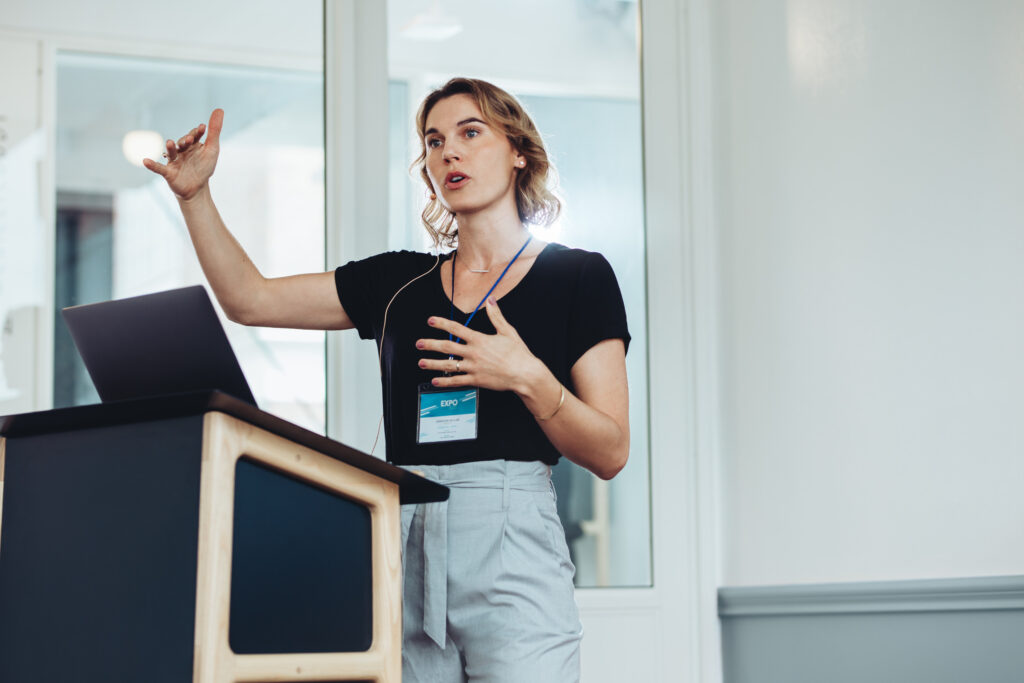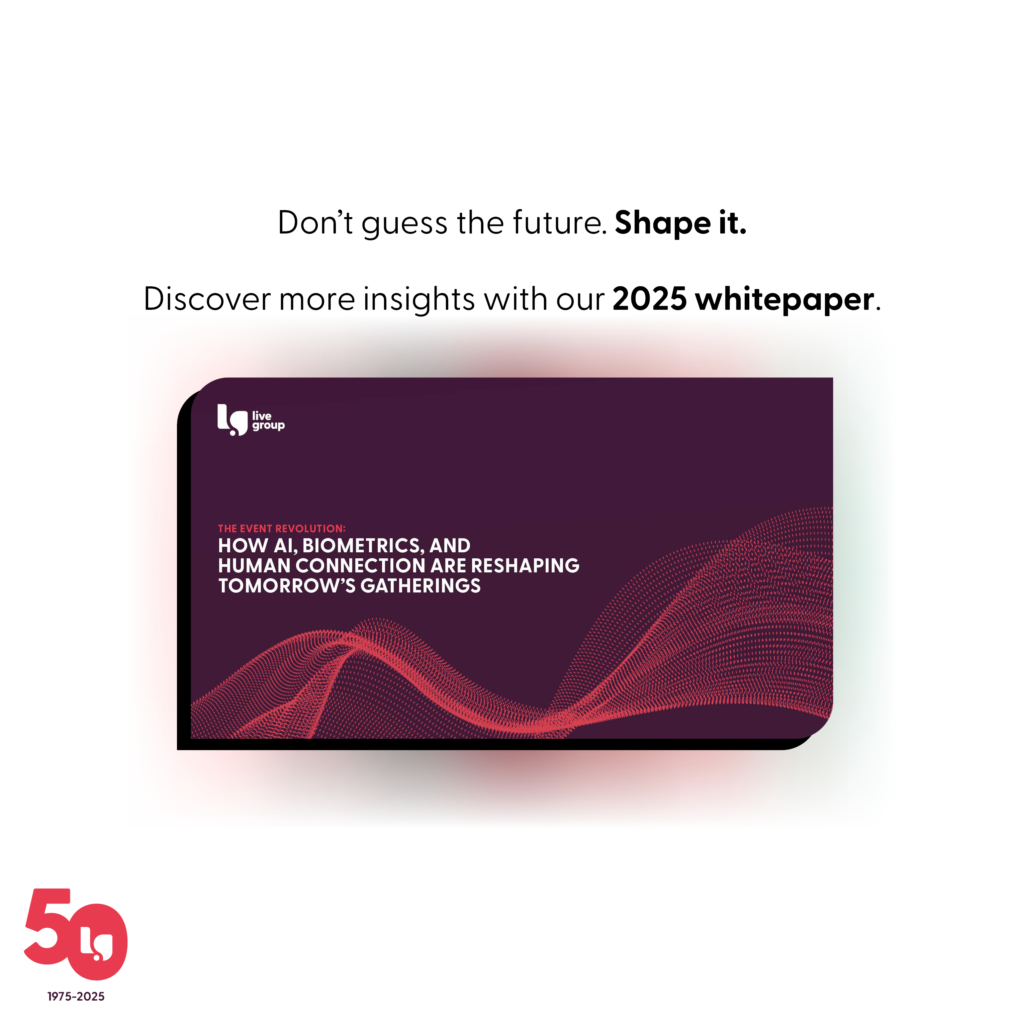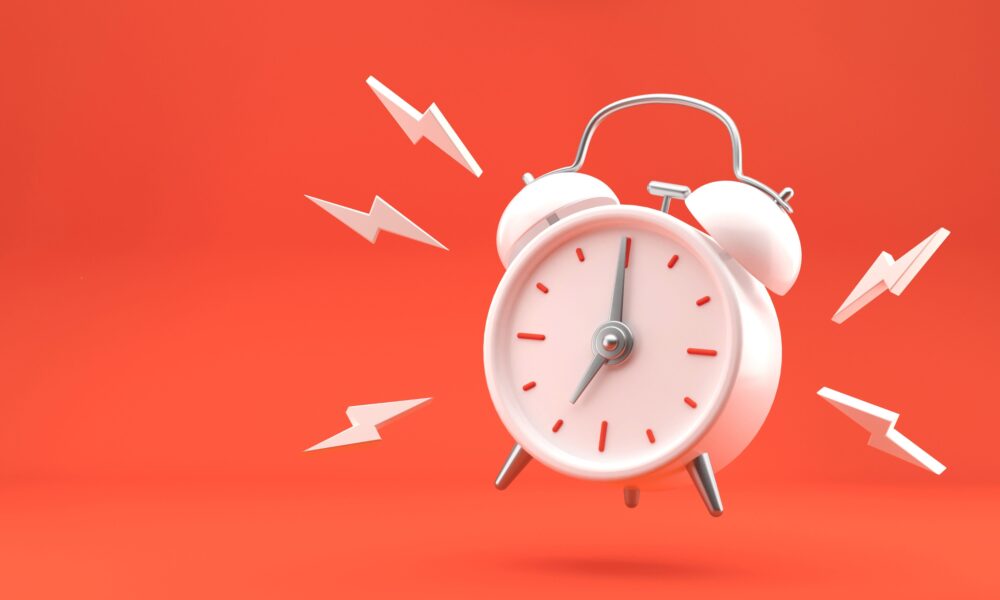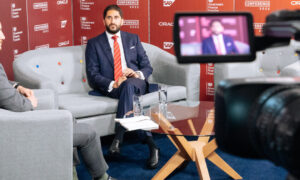Audience engagement is the difference between a message that lands and one that gets ignored.
Whether you’re an event company designing a high-profile conference or a business leader delivering a critical update, your audience is judging your message fast. And if you don’t engage them early – you lose them.
Let’s be blunt: in any session – whether it’s a boardroom briefing, keynote speech or hybrid event – you’ve got about ten minutes to land your message. After that, attention drops, emails creep in, and minds wander.
If you don’t deliver your core message fast, you’ve lost the room.
Why 10 Minutes Matters for Audience Engagement
It’s not a myth. Neuroscience backs it. People tune out quickly – especially when they’ve sat through one too many meetings with fifty-slide decks and zero relevance. Your stakeholders – whether C-suite execs, investors, partners, or frontline teams – are making snap judgements from the moment you start speaking.
In our experience working with global enterprises, government teams, and major event companies, this rule holds true every time: open strong, get to the point, and make it count.
What Happens If You Don’t Engage Your Audience Early?
You lose them. Not just for a moment – for the whole session.
People don’t wait around for a payoff anymore. If your opening is vague or padded with corporate filler, they’ll switch off. That means your strategy won’t land. Your product won’t get buy-in. And your event will be remembered for all the wrong reasons.
The Fix: Front-Load the Value
Your message needs to earn its place in the first ten minutes. That doesn’t mean rushing – it means clarity. Say what matters. Say it early. Say it like a human.
1. Lead With the Why
Audiences don’t care about your agenda until they understand the reason behind it. Open with what’s at stake. Frame the problem. Explain the opportunity. Make it relevant.
Instead of:
“We’ve got some exciting updates to share today…”
Try:
“We’re here because we need to fix a £5M gap in our delivery pipeline – fast.”
It’s bolder. It’s clearer. And it instantly raises the stakes.

2. State the Core Message – Up Front
Don’t build up to your point. Say it. Own it.
“Here’s what you need to know: we’re changing direction, and here’s why it matters.”
Make your main point unmissable. If your audience only remembers one thing, make sure they hear it in the first few minutes – not minute thirty.
3. Keep It Tight – No More Than Three Key Messages
Humans are wired to remember things in threes. So keep your opening sharp and focused.
“We’ll cover three things: what’s changing, how it affects you, and what happens next.”
That’s enough. Don’t overload. If it’s too much to hold in one go, they’ll drop it all. You’ve got their attention – now earn their trust.
4. Signal the Structure
Be clear about what’s coming. Set expectations. If the audience knows where you’re going, they’re more likely to stay with you.
“This session will be short, focused, and give you three concrete actions you can take tomorrow.”
That’s music to busy people’s ears.
5. Be Human
This is what too many sessions get wrong. They sound like they were written by legal, approved by comms, and delivered by someone who doesn’t believe it.
Drop the jargon. Speak plainly. Let your personality through.
You don’t need to be funny, or loud, or slick. You just need to be clear, honest, and relevant.
What the 10-Minute Rule Means for Event Companies
Whether you’re designing a plenary session for 1,000 partners or leading an update on new compliance rules, the principle’s the same. You’ve got a short window to make an impression.
So design for it.
As an event company, you should:
- Structure content around audience impact, not the agenda
- Coach speakers to land their message early
- Use visuals that support the message, not distract
- Build in early interaction – a poll, a prompt, a challenge
Because when it comes to audience engagement, first impressions don’t just matter – they decide the outcome.
Final Word
We work with clients across finance, government, tech and beyond. No matter the sector, the size of the event, or the platform – the first ten minutes are where you win or lose your audience.
Get your message in early. Make it clear. Make it matter.
Everything else flows from that.
Audience engagement refers to how effectively you capture and hold the attention, interest, and participation of your audience during an event, meeting, or presentation. It’s the difference between passive listeners and active participants.
High audience engagement leads to better understanding, retention, and action. Whether you’re communicating change, launching a product, or delivering a keynote, an engaged audience is more likely to respond, support, and remember.
There are several ways to measure audience engagement: • Live interaction (poll responses, Q&A, chats) • Post-event surveys or feedback scores • Attention data from digital platforms (e.g., how long someone stayed online) • Social media activity during or after the event • Behavioural follow-up (e.g., registration for next sessions, downloads, enquiries)
By designing content with the audience in mind. That includes: • Clear, concise messaging from the start • Speaker coaching to land messages early • Interactive formats and tech integrations • Structuring sessions for flow, not formality
Download our latest report to explore the latest event solutions, learn how event production agencies are leveraging technology for seamless conference planning, and uncover strategies to enhance hybrid event management.






